There are few sights as beautiful as a desert, normally devoid of all color except brown, suddenly coming alive in springtime with wildflowers in gorgeous shades of yellow, red, purple, pink and orange.
The number of blooms in the desert depends on rain and temperature. Too little rain provides a poor climate for seed germination, but too much rain may wash away or rot the seeds. Warm days usually indicate a good blooming season. But if the sun gets too hot (over 85 degrees F in February and March), the seeds may become parched and seedlings scorched. Very cold temperatures could mean no blossoms.
And with the unusually rainy Lake Havasu City winter, blooms are prevalent in and around the area.
Because of the range of altitudes, Arizona contains almost every kind of wildflower or wild flowering plant native to North America. In the Eastern Mojave Desert in and around the Lake Havasu City area, the following flowers can be found:
Yellow and gold wildflowers – brittle bush, Palo verde (can grow into tall trees if given enough water), desert sunflower, barrel cactus bloom, desert dandelion, Mexican gold poppies.
Purple wildflowers – sand verbena, Mojave aster, desert willow, indigo bush, Canterbury bell, Mexican bush sage, scorpion weed, lupine.
Orange/pink wildflowers – ocotillo blooms, beavertail cactus blooms, desert globe mallow, chuparosa.
White wildflowers – sacred datura, desert star, dune evening primrose, white wooly daisy
One of the most spectacular blooms can be found on the mighty Saguaro cactus. Creamy white flowers with yellow centers appear in clusters near the ends of the branches. The blooms will open during the cooler evenings and close during the heat of the day. Many of these are found in Havasu and will bloom in May and June, sometimes earlier. Arizona’s state flower is the bloom of the saguaro cactus.
One of the most desert beautiful blooms, however, carries with it a stern warning. The scorpion weed, also known as blue phacelia or wild heliotrope, covers yards and hillsides in vivid purple. But its razorblade spikes will cut skin, and scorpion weed can cause allergic reactions in some people, from a simple rash and itch to anaphylactic shock. Suggested treatments include aloe vera, calamine lotion, hydrocortisone cream. Benadryl, or an allergy pill. It’s important to keep the plant in check, as it is very invasive and can overtake a yard in just one season.
Scorpion weed is often confused with lupine. Scorpion weed is purple, while lupine is a slightly paler color and more pink to purplish. The most distinctive trait is the curled flower of the scorpion weed, similar to a scorpion’s tail just before attacking.
Don’t put off getting out to view the wildflowers around you, because mid-March is the peak blooming season. Blooms will soon begin fading and will end in late April, depending on rainfall and temperatures.
Fan Photo Gallery:
- photo courtesy Anne Tauber
- photo courtesy Anne Tauber
- photo courtesy Anne Tauber
- photo courtesy Betsy Elford-Cecconi
- photo courtesy Betsy Elford-Cecconi
- photo courtesy Bonny Toy
- Photo courtesy Denise Marie
- photo courtesy Denise Marie
- Photo courtesy Doug Rich
- Photo courtesy Gayle Cooper
- Photo courtesy Gayle Cooper
- Photo courtesy Gayle Cooper
- Photo courtesy Gayle Cooper
- Photo courtesy Jordan Yingling
- Photo courtesy Jordan Yingling
- Photo courtesy Mike Stupak
- Photo courtesy Robin Carroll
- Scorpion weed can be very poisonous to those allergic to it . Photo courtesy Thomas Unger
- Photo courtesy Thomas Unger
- Photo courtesy Tina Gibbs
- Photo courtesy Trenna Johnson
- Photo by Trenna Johnson
Photo Gallery By Ken Gallery:
- Ken Gallagher/RiverScene
- Ken Gallagher/RiverScene
- Ken Gallagher/RiverScene
- Ken Gallagher/RiverScene
- Ken Gallagher/RiverScene
- Ken Gallagher/RiverScene
- Ken Gallagher/RiverScene
- Ken Gallagher/RiverScene
- Ken Gallagher/RiverScene
Photo Gallery By Rick Powell:
- Rick Powell/RiverScene
- Rick Powell/RiverScene
- Rick Powell/RiverScene
- Rick Powell/RiverScene
Photo Gallery By Jillian Danielson:
- Sand Verbena/Jillian Danielson/RiverScene
- White Wooly Daisy/ Jillian Danielson/RiverScene
- Although pretty to look at, Scorpion Weed can cause allergic reaction when touched. Jillian Danielson/RiverScene
- Jillian Danielson/RiverScene
- Jillian Danielson/RiverScene
- Jillian Danielson/RiverScene
- Jillian Danielson/RiverScene
- Jillian Danielson/RiverScene
- Jillian Danielson/RiverScene
- Jillian Danielson/RiverScene
- Desert Poppy/Jillian Danielson/RiverScene
- Jillian Danielson/RiverScene
- Jillian Danielson/RiverScene
- Lupine/Jillian Danielson/RiverScene
Very special thank you to our RSM fans on our Facebook page and the Beautiful Views Facebook groups who submitted photos for our fan gallery!









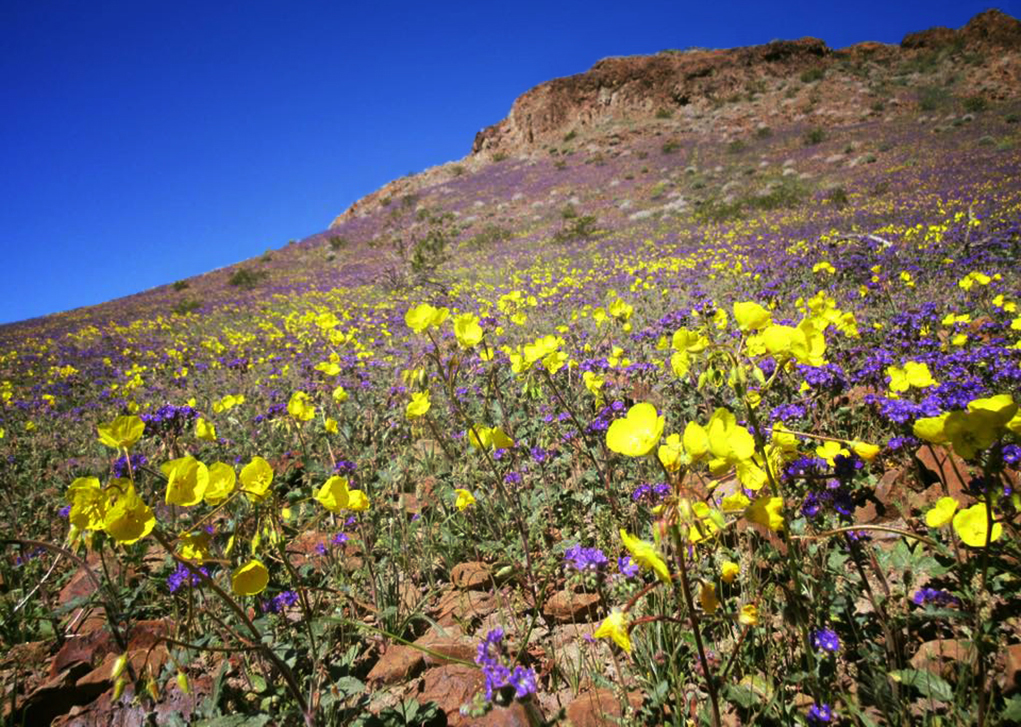




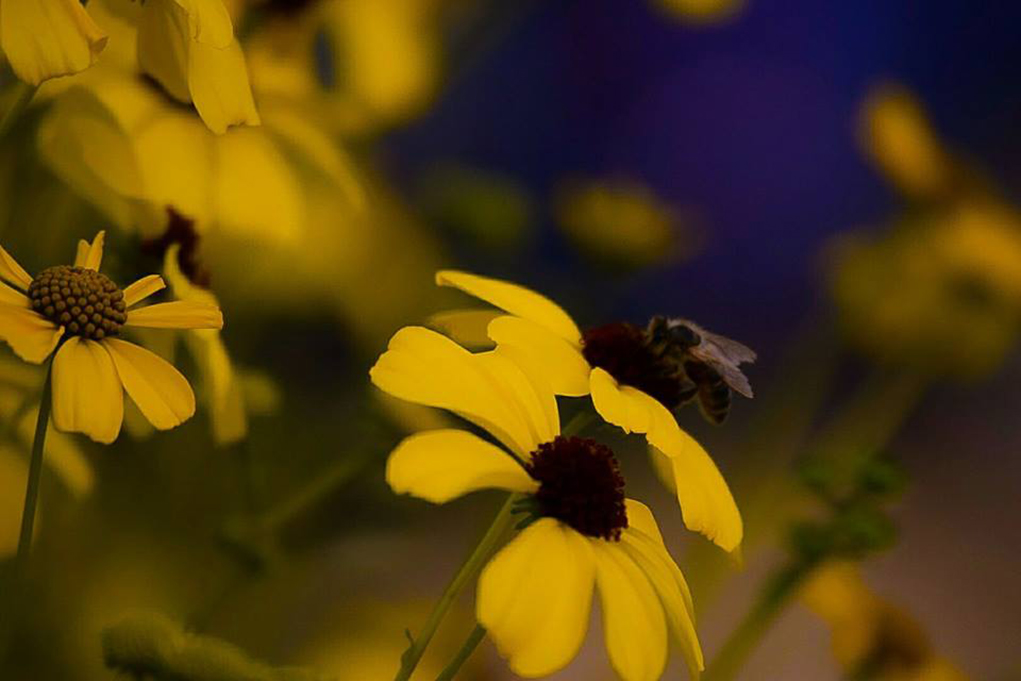


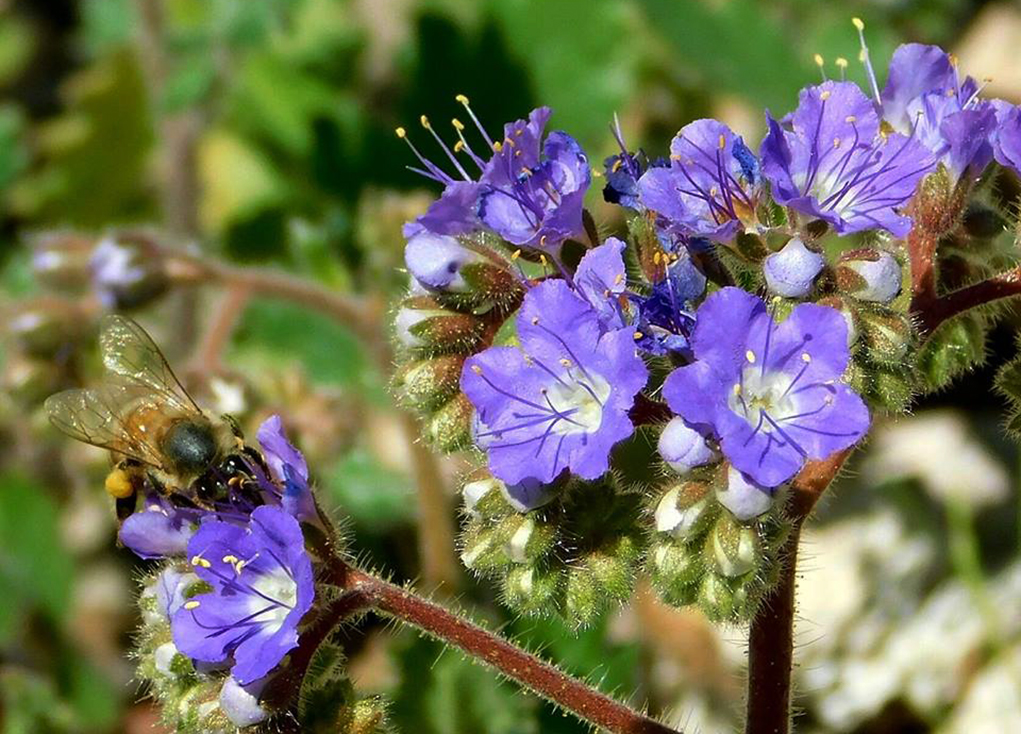
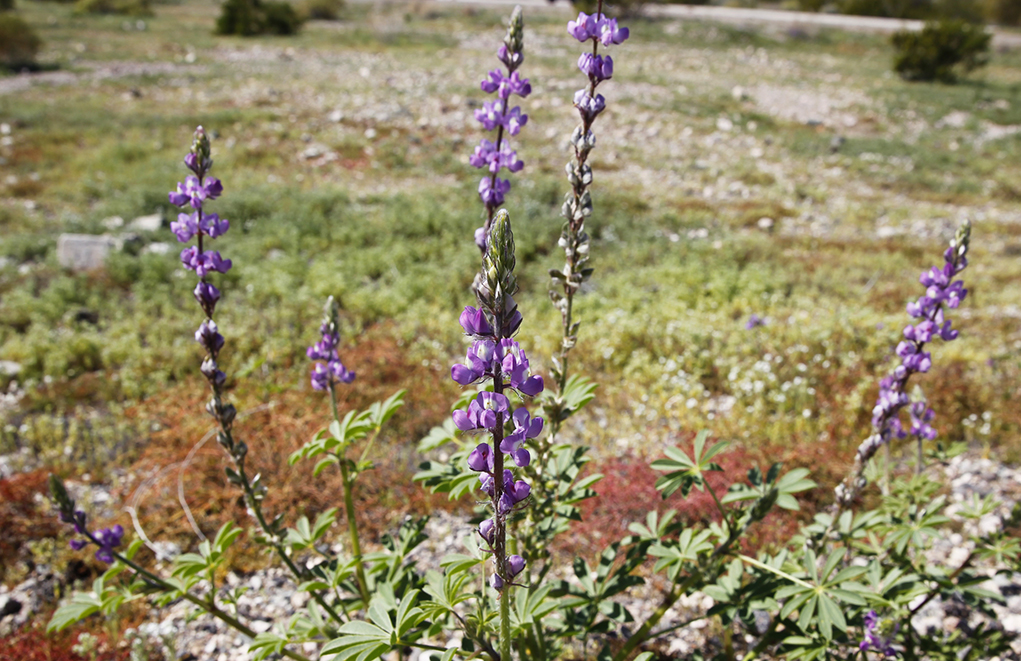

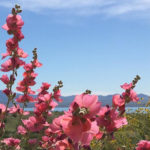
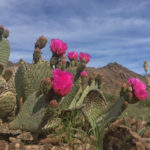
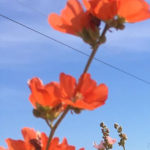
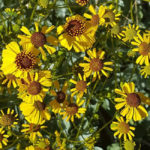
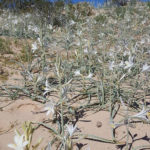
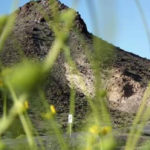
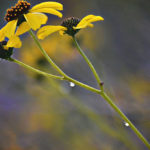
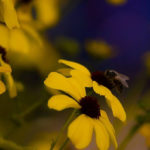
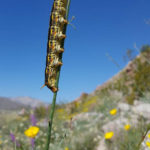

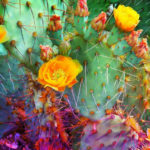
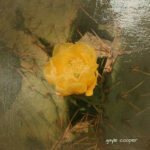

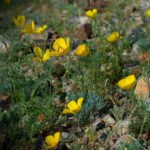

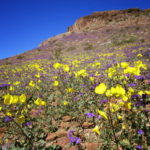
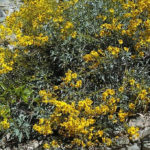
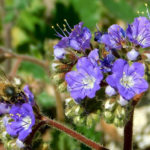
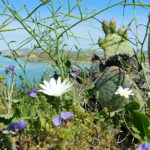



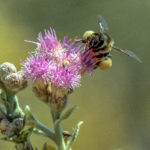

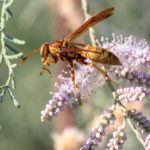
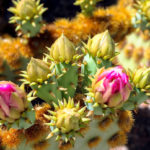
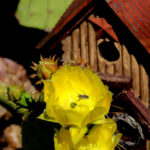
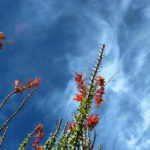

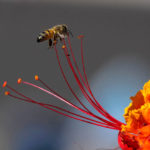
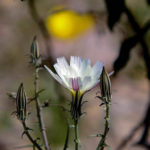
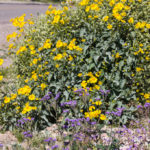
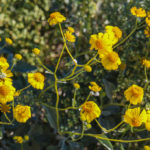
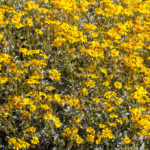
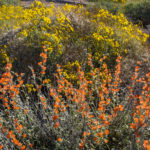
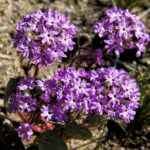
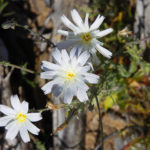
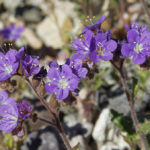
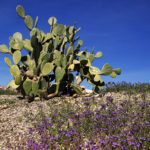
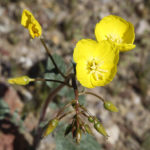
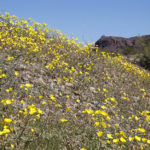

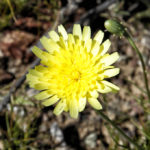
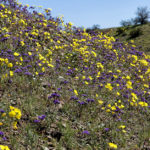

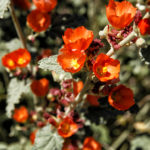
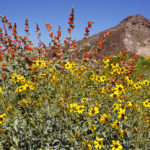
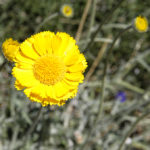
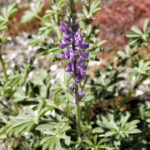






No Comments » Comments: